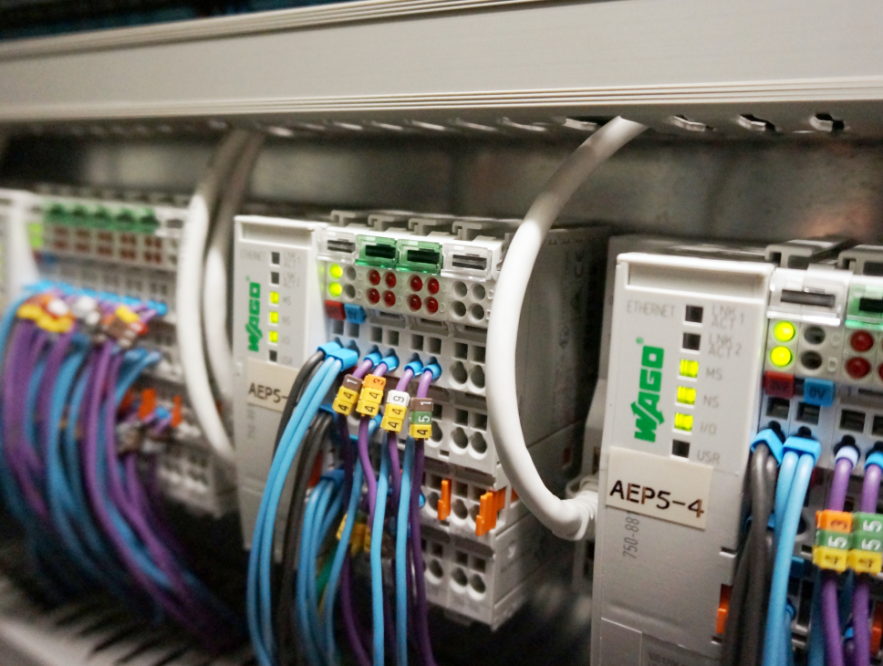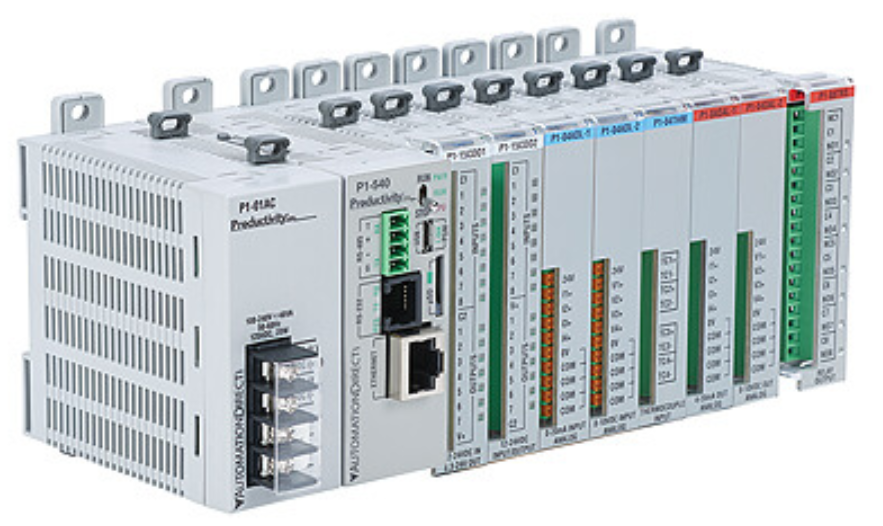[ad_1]
The enhance in the adoption of the hottest technologies and the introduction of 5G wi-fi has led to speedy expansion and an upsurge in need for automation throughout a selection of industries. As of 2019, the worldwide industrial automation sector was valued at $168.81 billion, which is predicted to reach $326.14 billion by 2027 when expanding at a CAGR (compound once-a-year progress rate) of 8.9%.
In today’s time, programmable logic controllers (PLC) are a vital portion of the industrial
automation sector. Just before transferring forward, let’s comprehend what a PLC is.

Do not be intimated when you hear the expression programmable logic controllers or PLC. Fundamentally, a PLC is a specialised computing product that is utilized in industrial regulate systems. These products are functional that frequently transcend industries and have a selection of purposes these types of as oil refineries, manufacturing lines, and conveyor devices.
Each and every PLC
has a personal computer processor that collects unique inputs and manipulates them
into obtaining the ideal output. PLCs can be programmed in unique procedures
and for this reason are valued for their flexibility. There are various
advantages of PLCs, which contain:
- Effortlessly
programmable - Increased
shelf lifetime and dependability - Affordable
- Relieve
of routine maintenance - Better
compatibility and flexibility
Let’s fully grasp the flexibility of a PLC with the assist of a change and a light-weight
bulb. When the swap is flicked, the bulb can be turned on or off. Having said that,
when a PLC is launched in this experiment, numerous complicated steps can be
carried out.
For instance, switching off the bulb automatically immediately after
it has been on for 30 seconds or building the mild bulb blink immediately.

Now, let’s enter the world of PLCs and receive an in-depth comprehension of it.
Elements of a PLC
- Ability Provide and Rack: As the title implies, the electrical power provide
powers up the full program and would make it run. The rack is a framework that
retains all the factors in area. This varieties the outer layer of the unit that
incorporates the internal workings of the system. - Central Processing Device (CPU): CPU is that aspect of the PLC which encompasses the programming and
instructs the relaxation of the device on what to do and how to act. If the CPU in a
PLC does not functionality effectively, it is akin to possessing a human body without having a
mind. The organs and limbs would do the job in principle, but there is no 1 to tell
them what to do. - Input/ Output Segment (I/O): This part of the PLC is accountable for obtaining new facts from an outside the house supply
and giving out a new operate in the guise of an output. The I/O part physically
connects the PLC and the tools that it’s attached to.
How does a PLC Function?
In a nutshell, a PLC gets
inputs from exterior resources, internalises them, and applies its programming to
develop the demanded outputs. It is vital to be aware that the wanted effects
can only be accomplished when the right plan is used.
PLCs are more compact and specialised pcs and that is why considerably of their terminology and language in widespread with normal personal computers. The principal difference concerning them is that normal desktops exist in houses and places of work, while PLCs perform in an industrial environment and manage inputs and outputs.

Kinds of PLCs
- Compact PLC: Also recognized as built-in PLC, a compact PLC includes
many modules that are packed into a single scenario. Hence, the producer
decides the inputs and outputs and not the consumer. - Modular PLC: A modular PLC is composed of distinctive parts that are
plugged into a single rack. These PLCs are obtainable in a selection of distinct
measurements, just about every offering distinctive degrees of electric power and features. - Little, Medium, and Substantial PLCs: PLCs are also out there in distinctive sizes
to make them appropriate for various applications.
Applications of PLC
PLC has apps in quite a few industries like
thermal power crops, glass business, paper industry, process automation
vegetation, and cement manufacturing. They also have applications in our every day
lives with regards to highway website traffic signals, computerized auto clean, elevators, and
roller coasters.
If you want to put in a PLC for your organization, very first
check with professionals as they will help in ascertaining your over-all requirements.
When this is finished, they will propose PLCs to you dependent on your budget and
use.
Loading suggestions…
[ad_2]
Source backlink